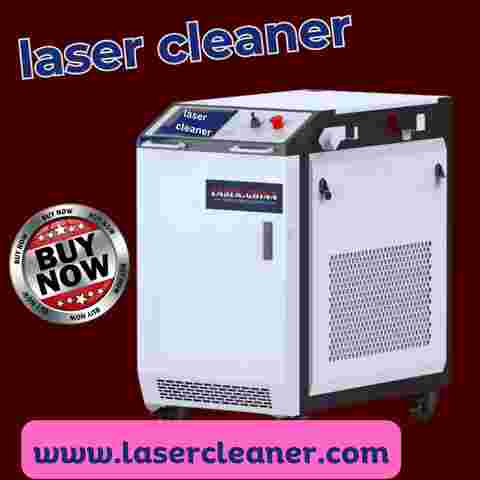In industrial maintenance and precision manufacturing, traditional cleaning methods often struggle with stubborn rust, paint, oil, or oxide layers. Enter the age of laser cleaner technology — an advanced, non-abrasive solution that transforms how you restore surfaces. In this post, we’ll explore how lasercleaner is leading this revolution, delivering powerful, eco-friendly, and cost-effective laser cleaning systems to businesses around the world.
What Is Laser Cleaning and Why It Matters
Laser cleaning (also called laser rust removal, laser paint stripping, or laser surface treatment) refers to using high-intensity light pulses to vaporize contaminants without damaging the substrate underneath. This cleaned surface is pristine, with no chemical residues or mechanical abrasion. Compared with sandblasting, chemical etching, or grinding, it is safer, cleaner, and more precise.
Many companies have been hesitant to adopt new technologies — but with lasercleaner’s decades of experience and mature product line, the leap becomes low risk and high reward.
How lasercleaner Stands Out in the Laser Cleaning Field
1. Wide Range of Laser Cleaning Solutions
Whether you need a portable laser cleaner or a high-power industrial unit, lasercleaner offers options from handheld to backpack to mobile systems. Their devices can remove rust, paint, oil, and oxide deposits—tailored to your precise use case.
2. Eco-Friendly and Safe Operation
One of the biggest advantages is that laser cleaning is chemical‐free, dust-free, and noncontact. It doesn’t require solvents or abrasives, which lowers the risk to operators and the environment. You gain precision results with minimal cleanup.
3. High Precision Without Substrate Damage
With the right settings, laser cleaning can differentiate between the contaminant layer and the base material. You preserve the integrity of sensitive parts, electronic components, and architectural surfaces without micro-scratches or wear.
4. Cost Efficiency Over Time
Although the upfront cost of a laser cleaner may seem significant, the lifetime cost is very favorable. You reduce consumable usage (no abrasives or chemicals), lower waste disposal fees, and shorten downtime. The ROI becomes compelling over repeated, long-term use.
Industries Benefiting from Laser Cleaner Technology
From aerospace and automotive plants to infrastructure, energy, cultural heritage, electronics, and shipbuilding, laser cleaner systems are proving indispensable. They perform surface preparation, refurbishment, oxide removal, and coating stripping in a wide array of applications. Because lasercleaner tailors solutions to various industries, clients get machines optimized for their niche tasks.
Practical Tips for Getting Started
-
Pilot testing: Before full deployment, test a sample part to fine-tune laser parameters (frequency, pulse width, scanning speed).
-
Training: Ensure operators understand best practices and safety protocols to avoid improper use.
-
Maintenance: Keep optics clean, monitor cooling systems, and schedule periodic calibration to maintain peak performance.
-
Integration: Consider where the laser unit will physically fit in your workflow — whether it’s a handheld unit carried to parts or a fixed station in a line.
Final Thoughts
The arrival of high-performance laser cleaner systems marks a turning point for surface restoration. With lasercleaner at the vanguard, you gain access to robust, eco-friendly, and precise cleaning tools that outperform traditional methods. If you’re ready to upgrade your maintenance approach, reduce downtime, and reclaim surfaces with laser accuracy, lasercleaner is your go-to partner.




